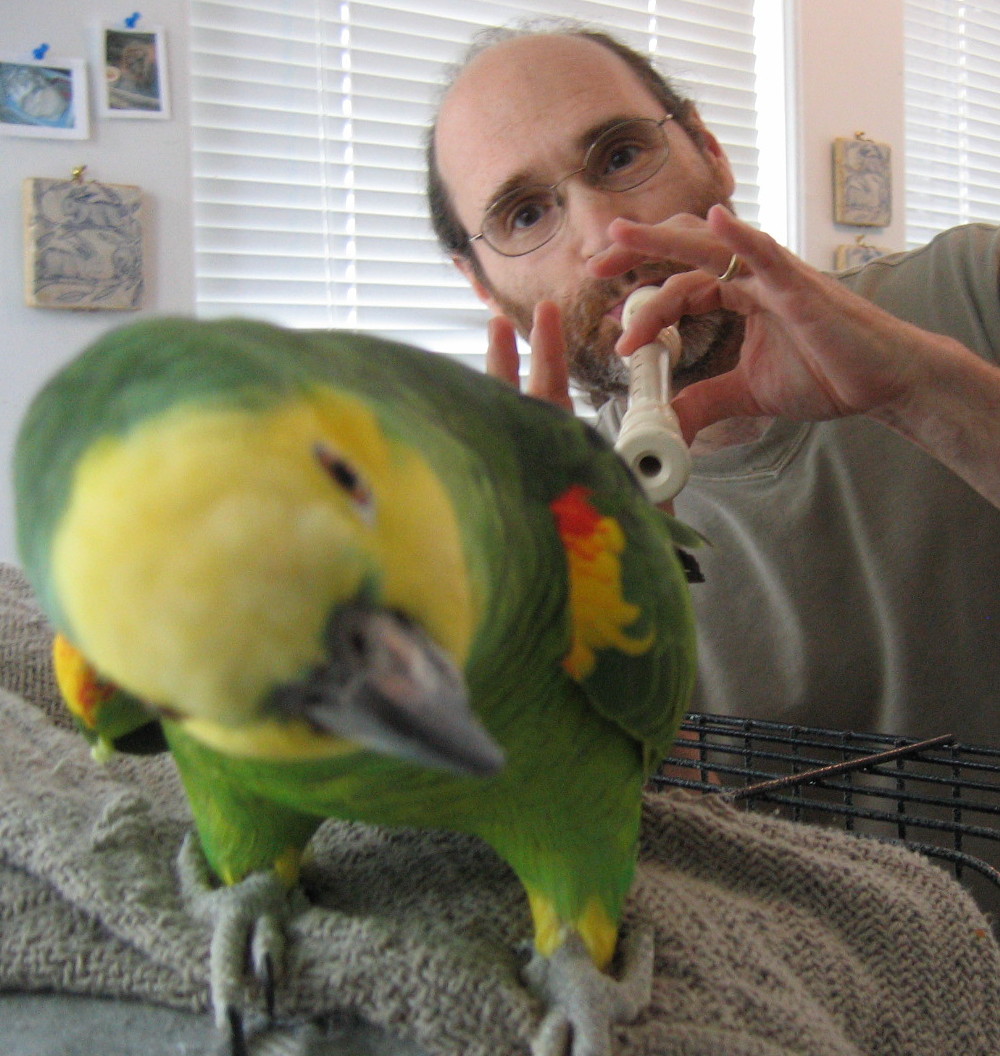Musical equations and couplings. Everyone has a template or way inside of themselves when they play, or do anything actually. Our 'default" setting might not always be the best for us, and this is where we can move beyond our mechanical-default-habit by experimenting with other mental settings. Using rhythm, pitch and timbre in different combinations to make some playing equations can be very revealing!
Arnold Jacobs, the great former tubist of the Chicago Symphony who was also known as one of the great brass pedagogues, had a coupling which was "wind and song." Many people use this simple equation because of its simplicity and how it ties brass playing with motion of air and playing music. It also keeps many players from going down a path of too much complication and over thinking. If this works for someone, that is the important bit. But after working with people for over 55 years, there are many other formulas that work too and can be more targeted depending on the player in their current state of playing.
There are many examples of equations that work using rhythm, pitch and timbre. Rhythm + pitch = result. Now, pick a leader and a companion such as rhythm being the leader or pilot and pitch being the companion or co-pilot and play a passage with that in your mind. Then reverse that where pitch is the leader and rhythm is companion and observe the difference. In doing this, one can feel, in most cases, a very tangible difference between the two equations. This can easily be done using a variety of combinations like:
Rhythm + timbre, timbre + rhythm, pitch + timbre and so on. Remember in this equation that it is Leader (pilot) + companion (c-opilot) = result. From this we can see that in Mr. Jacobs' equation that wind was the leader and song was companion but so intimately related that they became intertwined. Maybe some people felt it unconsciously as song + wind. Who knows!
EXERCISE
1. Pick a phrase or two from an etude, solo, excerpt or whatever.
2. Try using a formula like Pitch + Timbre and play the phrase.
3. Play it again in reverse.
4. Go on to try this using the various combinations of RPT.
5. To deepen this exercise, go to the previous blog post and do the exercise on building a relationship with RPT.
NOTE: Oftentimes we like to focus on one thing at a time. I understand and have done it myself. But I have found that the equation or coupling method (a leader and a companion) in many circumstances works better.

No comments:
Post a Comment